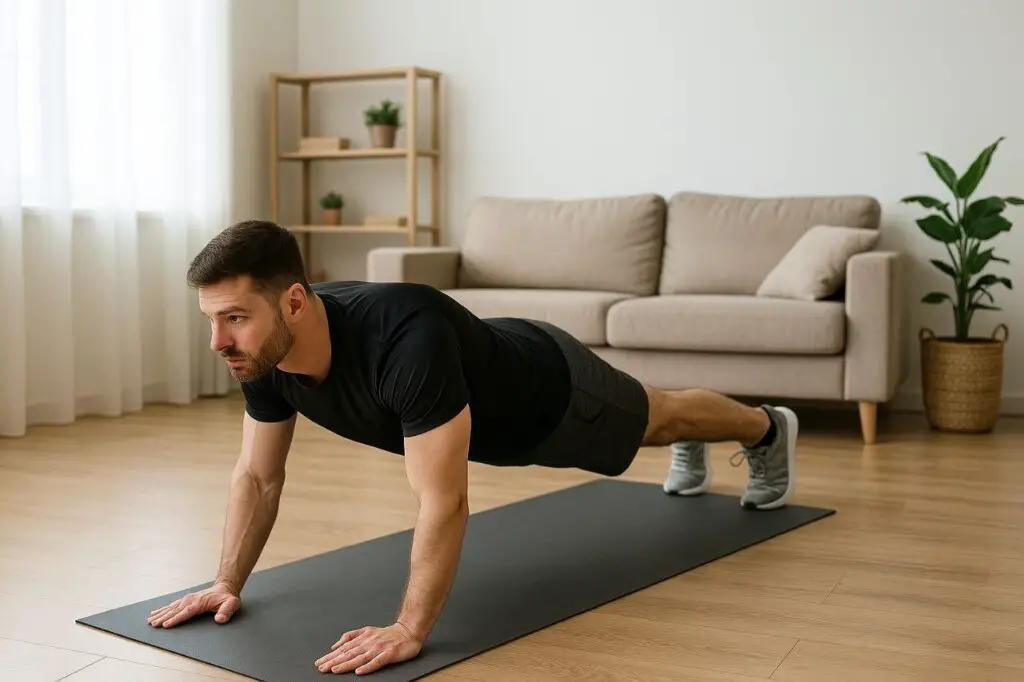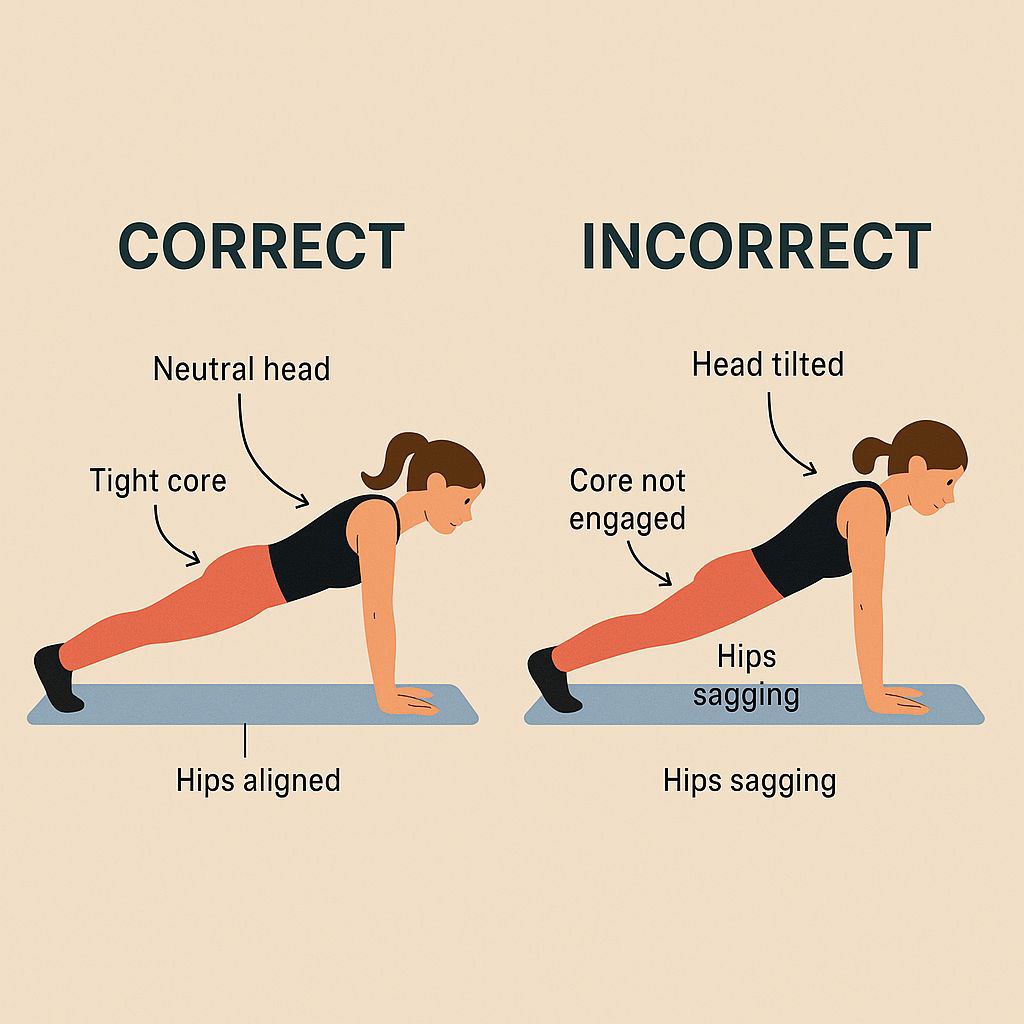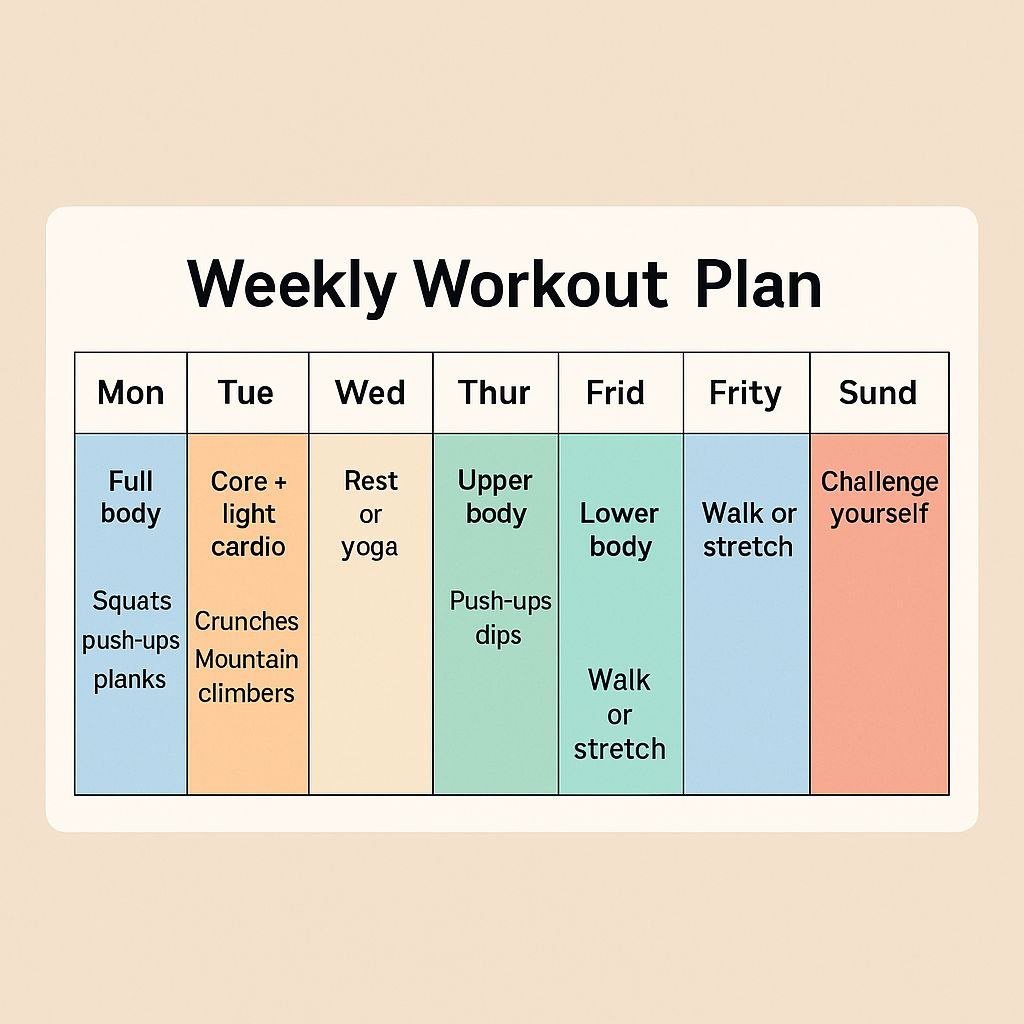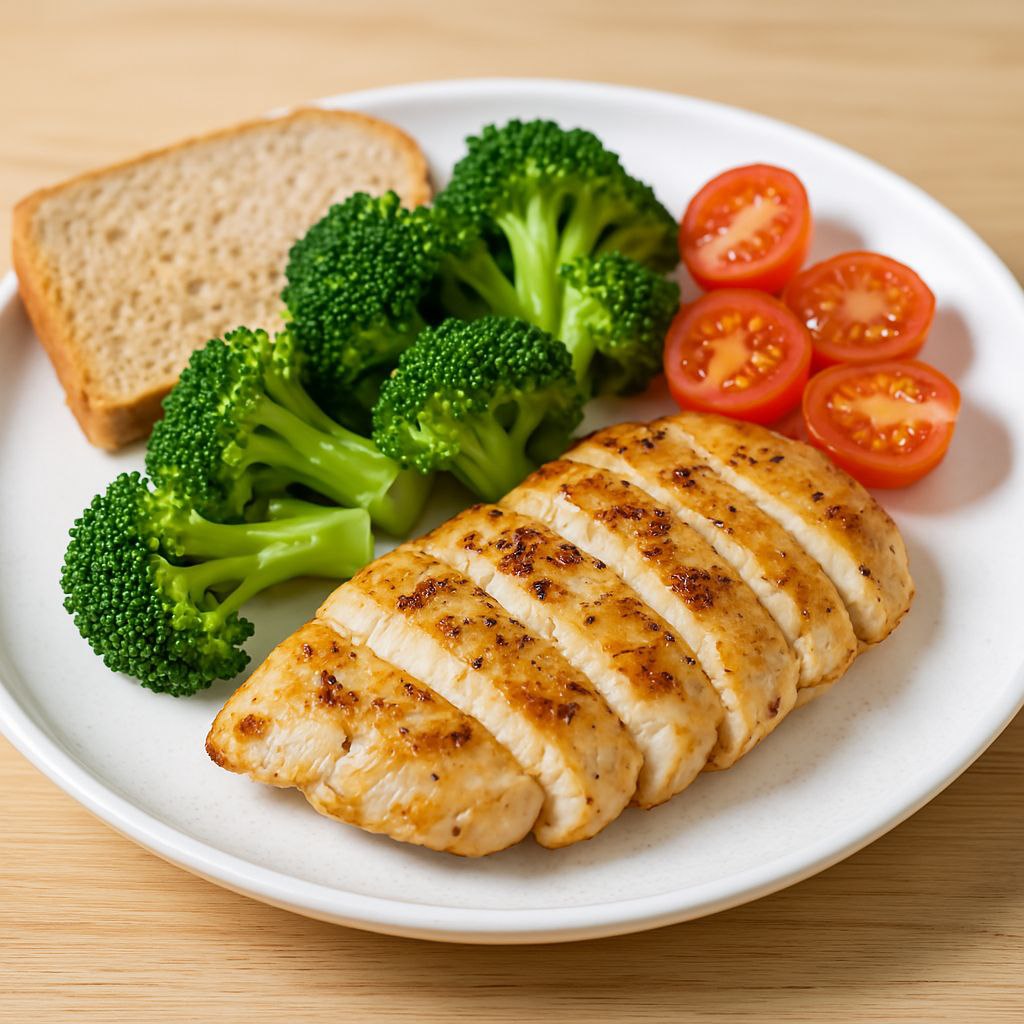Ultimate Guide to Effective Bodyweight Workouts for Beginners (No Equipment Needed!)
Bodyweight workouts for beginners are one of the easiest and most effective ways to get fit—no gym, no gear, no problem. Whether you’re working out at home, in a hotel room, or in the park, you can build strength, burn fat, and move better using just your body. Let’s break it down step by step so you can start strong and stay consistent.

💪 Why Choose Bodyweight Workouts?
- No equipment needed
- Beginner-friendly
- Highly adaptable to all fitness levels
- Builds functional strength and flexibility
- Saves time and money
Whether you’re completely new to fitness or starting fresh, this style of training builds a strong foundation for your health goals.
🏁 Getting Started: Warm-Up First
Before diving into squats or push-ups, spend 5–10 minutes warming up:
- Jumping jacks
- Leg swings
- High knees
- Arm circles
This boosts circulation, wakes up your muscles, and prevents injury.
🏋️♂️ Core Movement Patterns to Focus On
Every bodyweight routine should include:
🔹 Push Movements
- Push-ups (or wall push-ups)
- Triceps dips (use a chair or sturdy surface)
🔹 Pull Movements
- Towel rows (looped through a doorknob)
- Reverse planks
🔹 Leg Movements
- Bodyweight squats
- Forward or reverse lunges
- Wall sits
🔹 Core Movements
- Planks
- Crunches
- Dead bugs
Finish with light stretches and deep breathing as a cool-down.
🧠 Technique Tips for Beginners

- Push-ups: Keep your core tight, back straight. Start against a wall or countertop if needed.
- Squats: Keep your chest up and knees aligned with toes. Go only as low as comfortable.
- Lunges: Focus on balance—step forward, lower, and push back up.
- Planks: Maintain a straight line from head to heels. Start with 20-second holds.
- Crunches: Avoid pulling on your neck—focus on slow, controlled movement.
🟩 Do 2–3 sets of each move, 10–15 reps (or 20–30 seconds if timed). Rest 30–60 seconds between sets.
📅 Weekly Workout Plan

Here’s a simple routine to follow:
| Day | Focus |
|---|---|
| Monday | Full Body (squats, push-ups, planks) |
| Tuesday | Core + Light Cardio (crunches, mountain climbers) |
| Wednesday | Rest or gentle yoga |
| Thursday | Upper Body (push-ups, dips) |
| Friday | Lower Body (lunges, wall sits) |
| Saturday | Active rest – walk or stretch |
| Sunday | Full Body Challenge – mix your favorite moves |
⏱️ Keep sessions between 20–30 minutes. Consistency matters more than duration!
⚠️ Common Mistakes to Avoid
- Skipping warm-up or cool-down
- Rushing reps with bad form
- Not listening to your body
- Doing too much too soon
Use a mirror or record yourself to check form. Progress slowly and stay mindful.
🥗 Eat to Fuel Your Fitness

- Pre-workout: Light carbs + protein (e.g., banana with peanut butter)
- Post-workout: Protein and carbs (e.g., eggs + toast, smoothie with oats)
- Hydration: Water is your best friend—stay hydrated before and after.
💊 Supplements?
Optional. A simple whey protein can support muscle recovery if needed, but food comes first!
♿ Inclusive Options for All
- Seniors: Chair squats, wall push-ups, seated marches
- Pregnancy: Focus on low-impact moves and balance; avoid core compression
- Injury Recovery: Modify workouts to train around pain—not through it
Always consult a healthcare provider if unsure about an exercise.
🚀 How to Progress
When exercises become easy:
- Add more reps/sets
- Reduce rest between sets
- Try tougher variations (e.g., jump squats, diamond push-ups)
- Create circuits for cardio + strength combo
- Track your workouts weekly!
Even small progress leads to big changes over time.

🌟 Final Thoughts
You don’t need a gym or fancy tools to get strong. With bodyweight workouts for beginners, all you need is your body, a plan, and commitment. Start slow, stay consistent, and remember: progress is better than perfection.
You’ve got this—right from your living room floor.
❓ Quick FAQs
1. How often should I train per week?
3–4 times is great for beginners, with rest days in between.
2. Will I get toned with bodyweight workouts?
Yes! You’ll build lean muscle and shed fat with regular practice.
3. Do I need supplements?
Not necessary. Focus on protein-rich meals. Use protein powder only if needed.
4. How do I know I’m progressing?
You’re doing more reps, holding longer, or feeling less sore = improvement!
5. Are bodyweight workouts really enough?
Absolutely. When done consistently, they’re powerful, flexible, and effective.